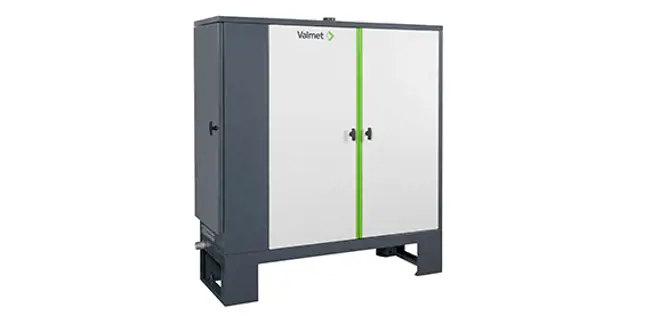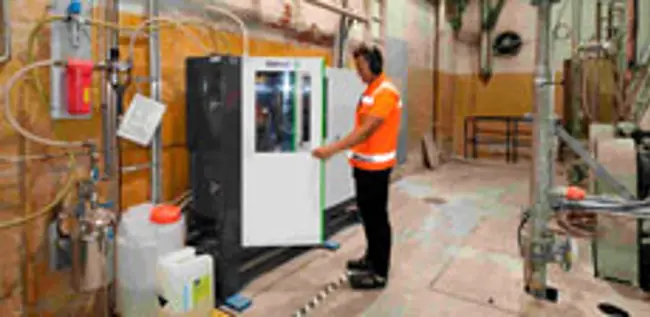Improved pulp refiner control at Jujo Thermal
Dec 17, 2018
Jujo Thermal’s paper mill installed a Valmet Pulp Analyzer (Valmet MAP) on their PM 1 papermaking line to gain a better understanding of the refiner conditions and their effect on paper quality.

Jujo Thermal, a subsidiary of Nippon Paper Industries situated in Kauttua, the south-west of Finland, is one of the world’s leading suppliers of durable direct thermal papers for labels, tickets and tags, as well as for point-of-sale use. The mill operates two paper machines with two off-machine coaters and three winders to produce 80,000 tonnes of paper per year.
More fiber information
Valmet MAP replaced an old freeness analyzer which was at end-of-life and needed replacing. “The old analyzer only gave Schopper Riegler (SR) numbers and for better refiner operation we needed more information,” says Juha-Pekka Kaivola, Production Manager. Schopper-Riegler or Canadian Standard freeness (CSF) provides a measure of the rate at which a dilute suspension of pulp may be dewatered. It is related to the surface conditions and swelling of the fibers which gives an indication of the amount of mechanical treatment to which the pulp has been subjected. “The SR number does not tell everything,” continues Kaivola, “Valmet MAP offered us the ability to also automatically measure other fiber properties in addition to SR and gain a better insight to refining conditions and its effect on paper quality.”
Trending freeness and fiber length
Valmet MAP automates the SR standardized measurement method to provide reliable and accurate freeness results together with other fiber property measurements that can be added to the standard platform. Four sample points were installed to automatically feed the analyzer from before and after the separate hardwood and softwood refiners with a fifth sampling point in the broke line. “Results are shown on a large screen display in the control room where operators can see 24 hour trends of,” says Albert Ulla, PM1 Operations Manager, “We have the possibility for automatic refiner control but, until we get more experience, the operators at present follow the values to manually adjust refiner specific energy.”
Strength prediction
“Valmet MAP supplies us with a lot more information, such as fiber fibrillation and fines, that we are still learning how to use. There is also a tool (Valmet Modeler) to predict final sheet strength and we hope to take this more into use in the future. This will be a great help with trials. Many customers are going to lighter grades and if we reduce the grammage then strength values go down. The ability to predict strength with Valmet MAP means we could see if we reach targets by increasing refining without a long trial, but that is still quite far in the future,” states Kaivola. “Now, changes in strength values can be investigated and when we see a change we can look back and see how fiber length or fibrillation index affected them. We also have several different pulp suppliers and we can now see the differences in fiber length from batch to batch and react if necessary.”
Saving money and materials
The big display in the control room keeps the operators aware of refining, which direction it’s going and what is happening all the time. “We have very wide grammage scale, from 40 to 200 gsm which makes for very big differences in machine speeds and pulp flows,” says Ulla. “With no reliable information it could be 3 or 4 reels before a deterioration in strength might be seen and the reason would be that no change had been made to refining conditions. As thermal coating color is very expensive, avoiding waste before coating can save a lot of money. Operators now check the display if there are any changes in strength and can immediately determine whether the problem is before or after refining.” Good refining management also requires accurate consistency control to ensure the correct specific energy set points and this is achieved with the Valmet Microwave Consistency Transmitter (Valmet MCA). “We replaced blade consistency transmitters, which were not the optimal solution for this application, in both refining lines and now really trust the Valmet MCA measurement,” says Ulla.
Better refining
Valmet MAP also has a manual sample capability which is put to good use on the second paper machine, PM2. Confidence in the measurement has resulted in routine freeness measurements previously done in the laboratory have now been replaced by Valmet MAP. “The analyzer has been working well with no big maintenance problems and refiner operations are definitely now better,” says Kaivola. “We have seen a reduction in waste which saves money and, although we are just at the beginning of the learning curve, Valmet MAP is opening many new possibilities for us.”

Albert Ulla, PM1 Operations Manager and Juha-Pekka Kaivola, Production Manager
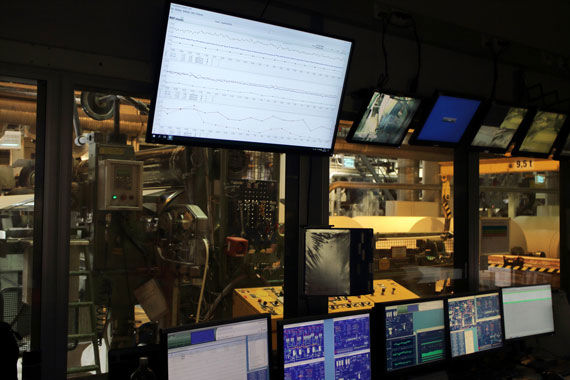
Large screen display in the control room keeps operators up to date with 24 hour freeness and fiber length trends from both refining lines and broke feed.
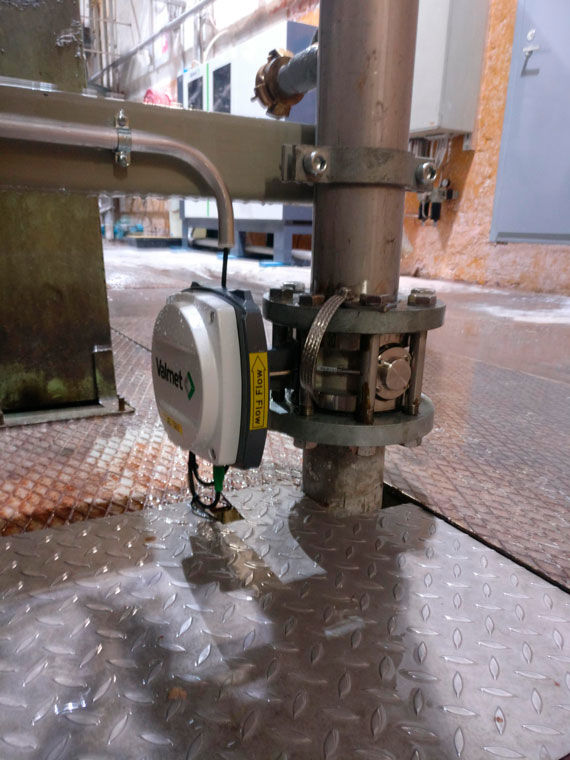
Valmet MCA provides accurate consistency measurements
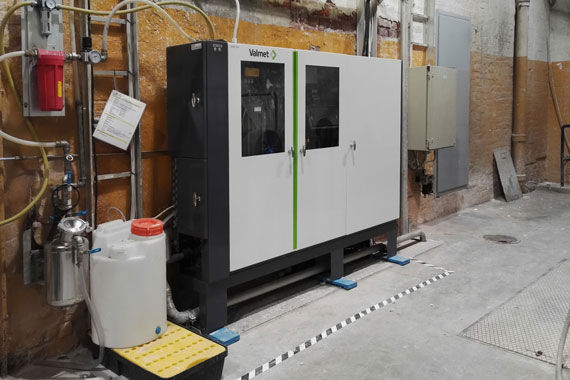
Valmet MAP analyzer
Article published in Forward magazine 1/2019.
